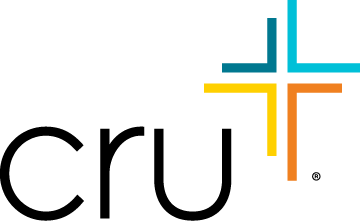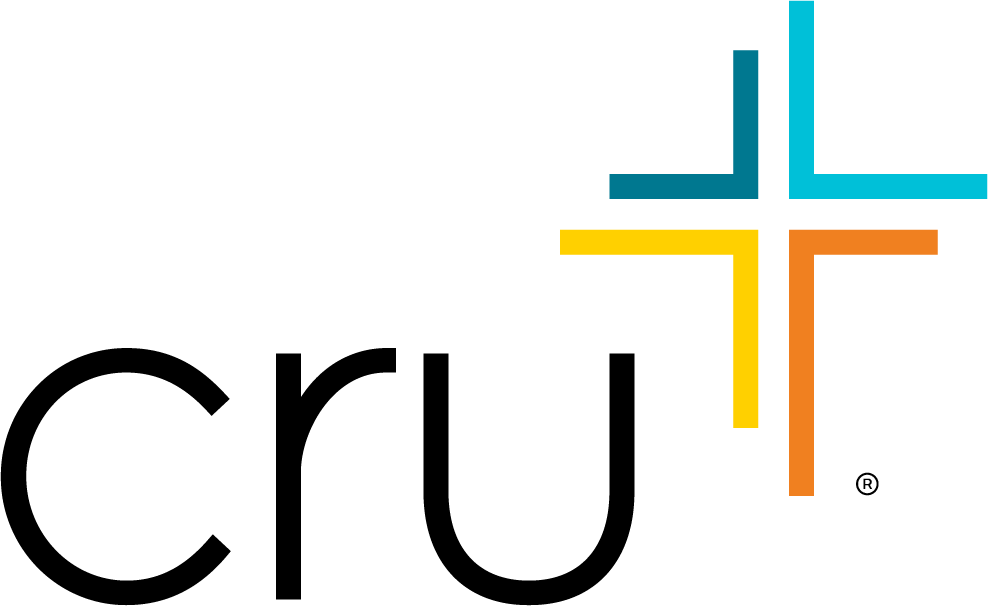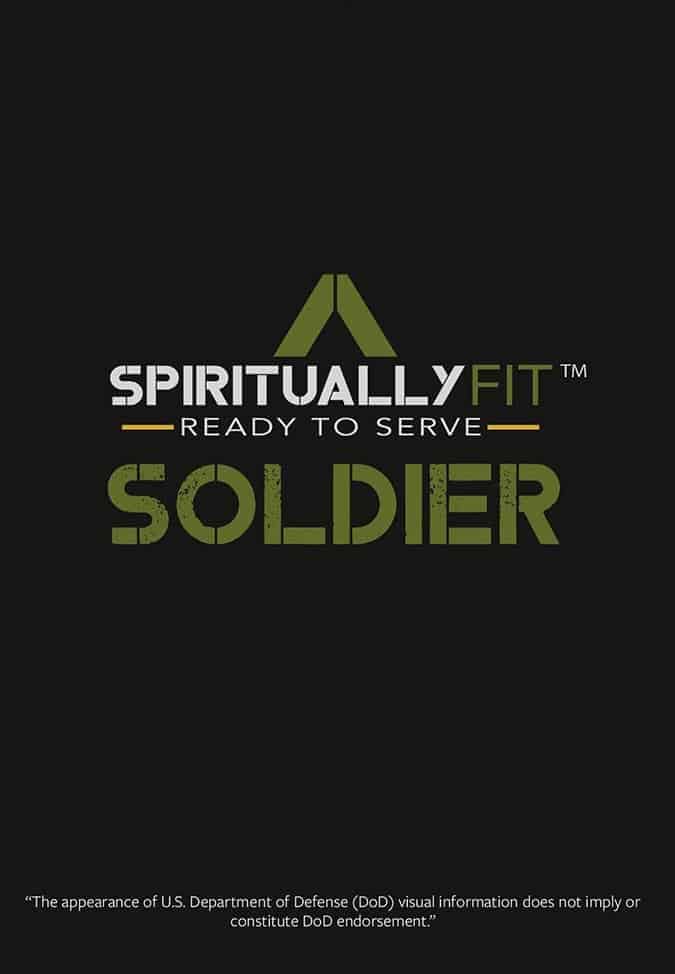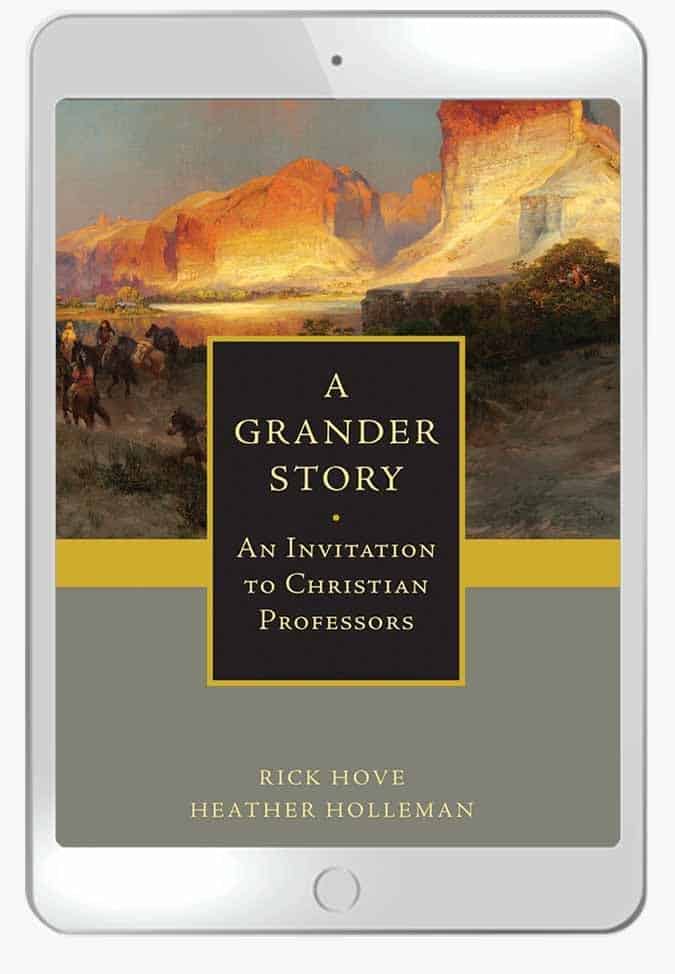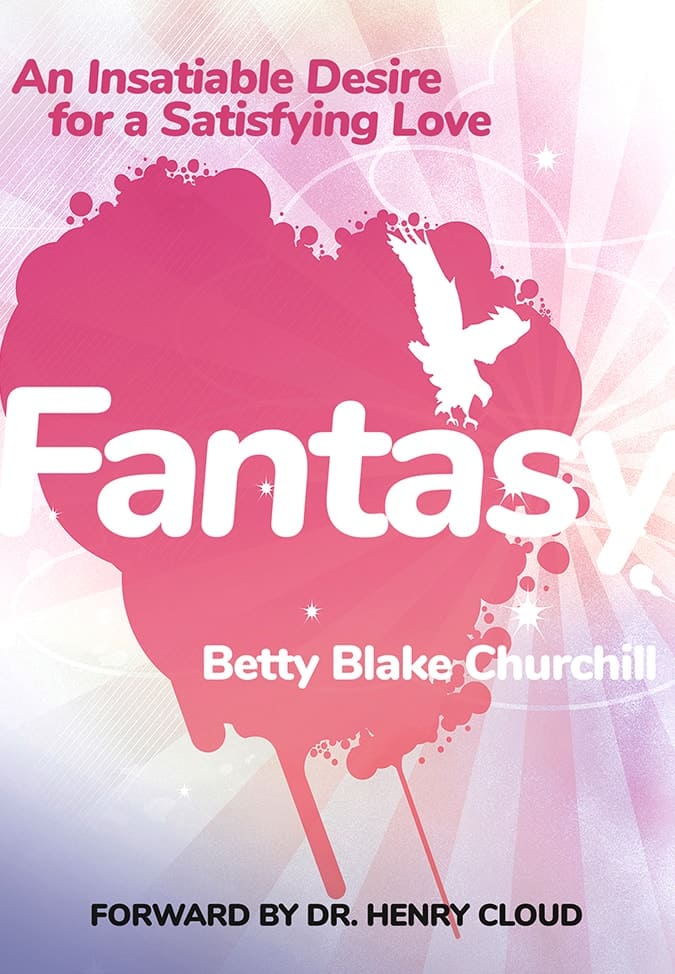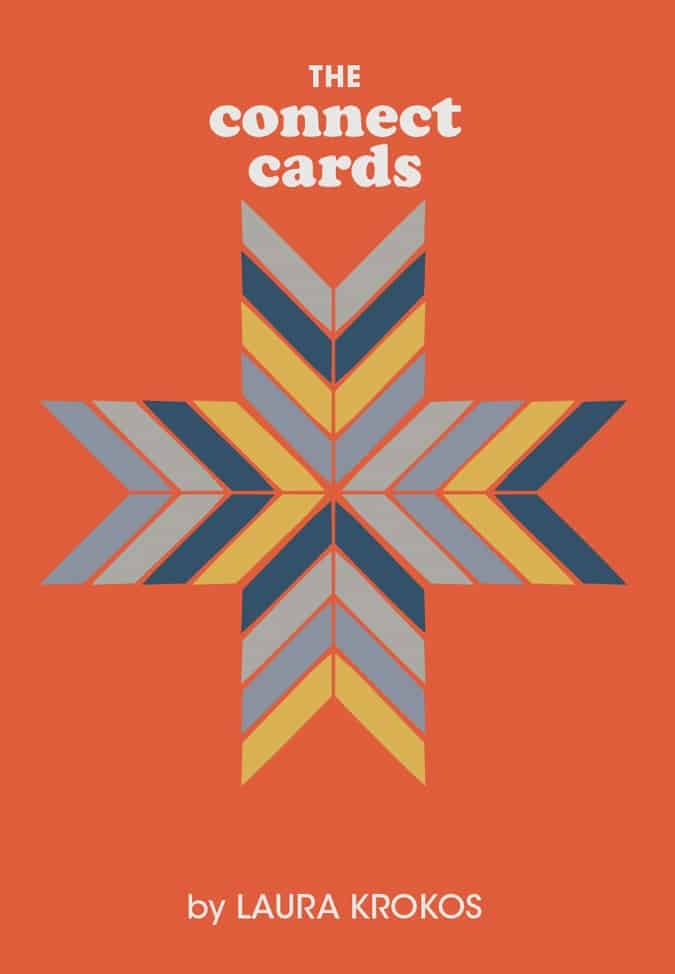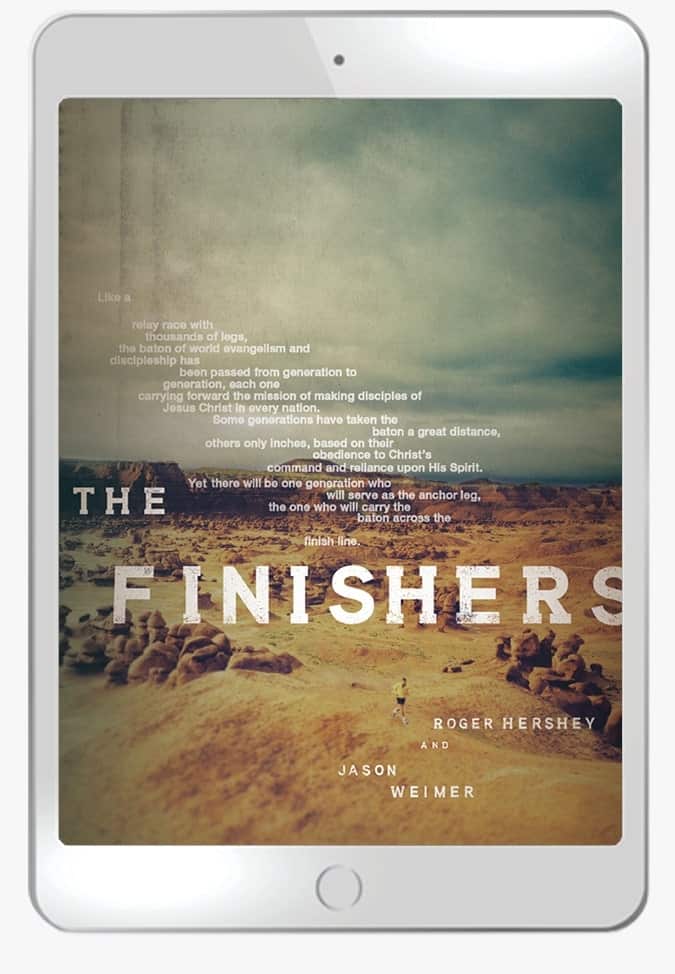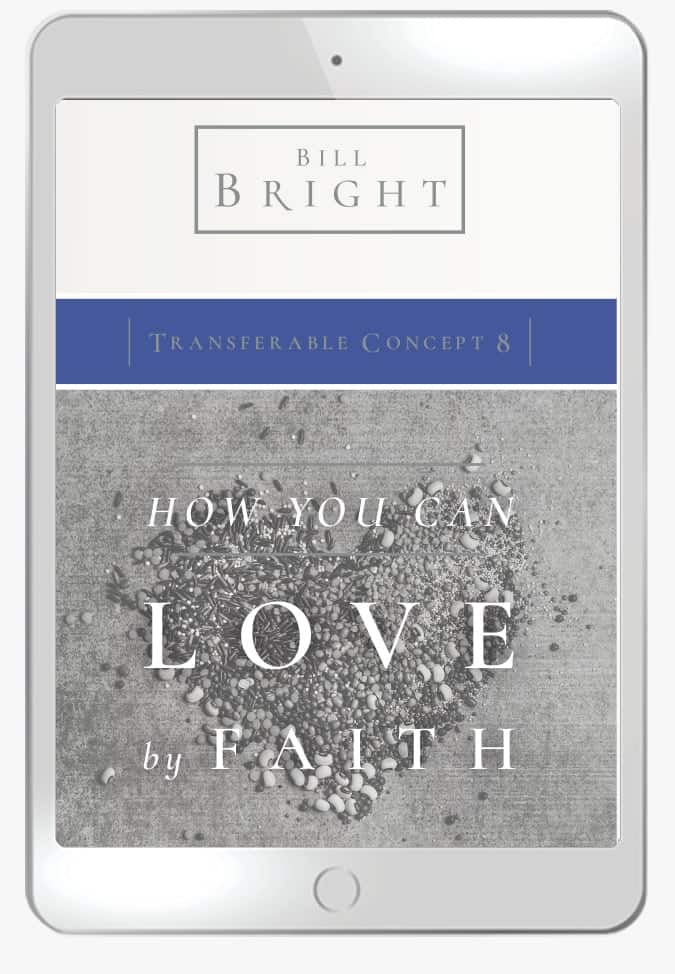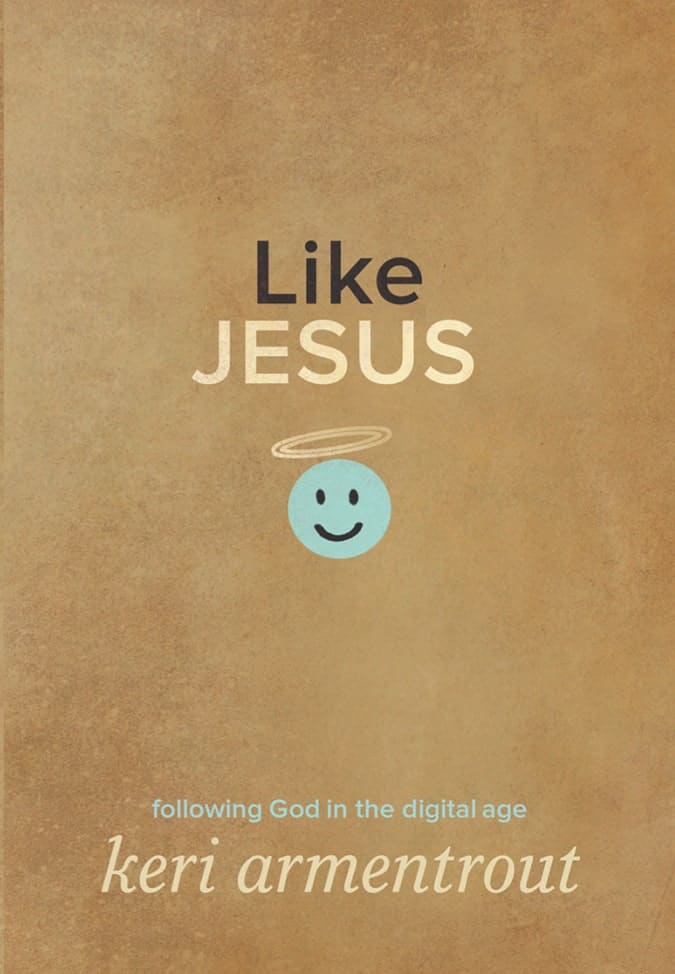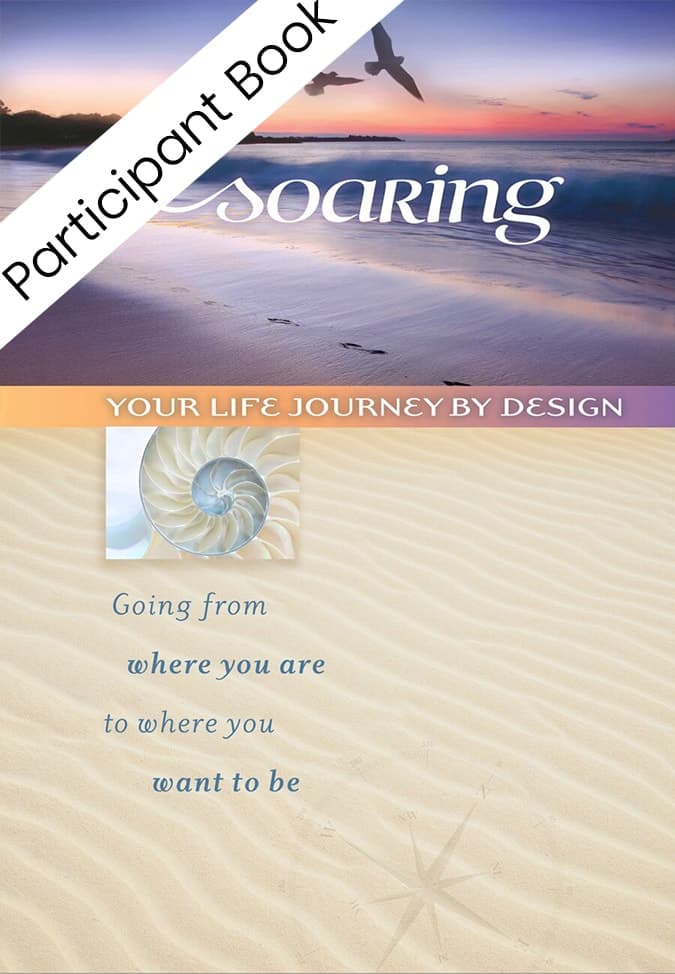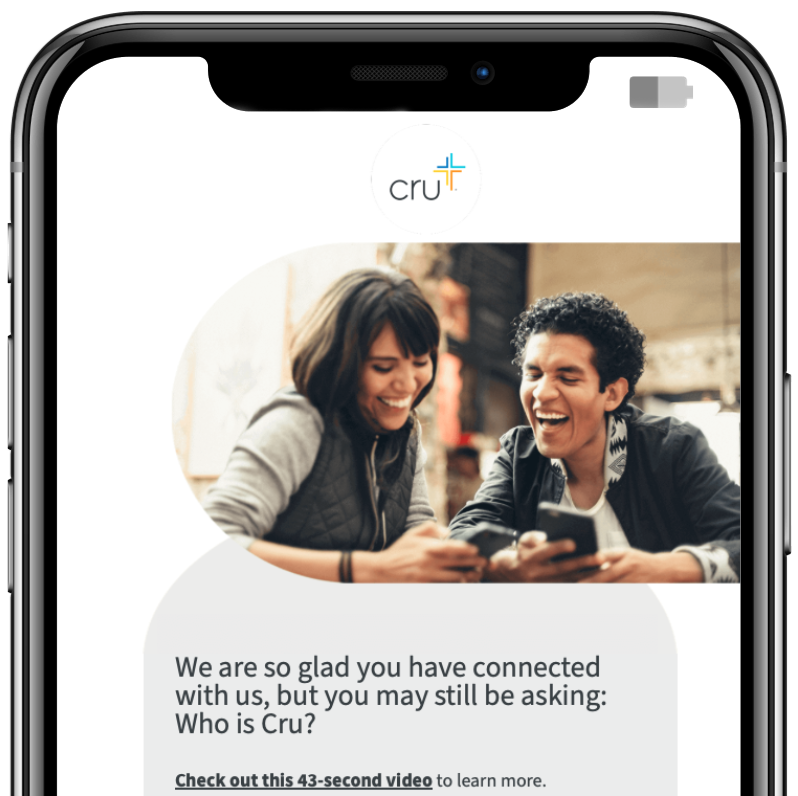Understanding Ethnic Identity
***
I remember several years ago taking a personality test that asked a series of questions connected to worldview in relation to God and humanity. Essentially, each question related to how I viewed others and whether or not I believed the best about their motives and intentions when interacting with them. I can remember each time I came across another question on this theme, I had this internal battle inside of me. While I knew the “right” answer was to assume the best and to believe in people’s good intentions, I knew that I didn’t think or feel that way all the time. I had experience after experience where, given the right stressful circumstances, all human beings, including believers, often responded out of their own broken humanity. People are fallen, I thought, so how could we always assume the best about their motivations?
What I didn’t realize then was that this way of viewing others was influenced by my cultural worldview that I had grown up with as a Latina, and this worldview differed from the white Christian community I was involved with then. Dr. Juan Martinez, professor at Fuller Seminary, jokes that “Latinos are 1 point Calvinists” because the depravity of man informs our view of all our interactions with others and even our view of the whole of human history. Justo Gonzalez calls this a “non-innocent view of history” where Latinos recognize that all history, including that of Christianity, is a story about broken people.
My experience with this test several years ago highlighted to me how tied my understanding of the Christian life was to majority culture. In that season of my life, I had no understanding of how my own Latino culture influenced me at very deep levels. While the white evangelical church I came to faith in was right to emphasize that my new identity in Christ was of ultimate importance, it failed to acknowledge that their own understanding of the Christian life was influenced by majority culture lenses and that this was the Christianity they taught me.
I picked up early on in my time as a believer that my life before Christ was to be forgotten and dismissed which implicitly included my ethnic identity too. I remember reading verses like Philippians 3:13 where Paul said “forgetting what lies behind and straining forward to what lies ahead” and believing that this meant that I needed to leave the past in the past and get on with my new life in Christ which was infinitely better. Because my life in this new community didn’t include any Hispanics, I associated my ethnicity with the part of my life I was meant to leave behind too. Couple that way of thinking with the fact that my life before coming to faith was painful, and I figured ignoring that past and that part of my identity was the right thing to do.
The problem with only focusing on my new identity in Christ devoid of culture was that it wasn’t really true. Neglecting to acknowledge my own Latino identity as a part of how God made me, didn’t leave me free from cultural influences. It just left me confused. When there were contradictions in cultural values that showed up in my discipleship within this majority culture Christian community, I always assumed the majority was right and I was wrong. It couldn’t possibly be that my own cultural lenses influenced me in my walk with God to see the world differently, and that maybe I had something to offer majority culture in that perspective. There wasn’t room for that kind of thinking so it was squelched in me instead. It left me feeling like I was always immature and in need of growth when that wasn't always the case.
Starting to work for Destino, though, sent me on a journey of exploring my own ethnic identity and the valuable ways the culture had shaped me. I began to feel so affirmed in a community that for the first time shared my story and my assumptions. Their view of God was similar to me because of our shared common experiences. It was a beautiful thing.
But within this searching, I couldn’t just embrace the beautiful ways my culture had influenced me, I also had to face the broken parts of my culture and past that had left wounds in my life as well. Orlando Crespo in talking about the bi-cultural journey said, “I can’t let go of the fact that I have both of these worlds in me and both have left their beautiful and painful mark on me.” That was what I felt like God was doing in me as he was pushing me to deal with all of my story. There were beautiful parts to my Latino identity that I was willing to embrace, but I was needing to embrace the painful too. At that point, I began to look honestly at the alcoholism and physical abuse in my past and how those realities were early shapers of my identity. Accepting both the beautiful parts and the broken parts of my ethnic identity was necessary for true depth of understanding of God and myself. There could be no healing without a holding of both.
Recently, I listened to NPR’s Alt.Latino describing how Salsa music is a good reflection of how life contains this exact tension and paradox of the beautiful and the painful. Most of the time salsa music is viewed as happy music that is joyful and danceable, but the lyrics of the music often carry dark themes that deal with sorrow and suffering. These two seemingly inconsistent parts together are what make Salsa music so powerful. I think that’s true of my own life too. Like Crespo said, being bicultural means that two different cultural worlds have left their beautiful and painful mark. That’s what makes me who I am and how I understand God to be who he is in my life.
I think another significant piece to this journey for me was when I read the book Honor and Shame by Roland Muller. Again, in wanting to find healing from my own past, I learned that when you come from a shame-based culture like Latino culture, freedom from shame is at the heart of the gospel message. But it wasn’t only the shame I felt about the sins I had committed that I needed freedom from, but also the shame I felt as a result of the sins done to me. As I read through the book, this understanding of the gospel felt almost like a second conversion experience for me. I felt that while I had accepted that Christ took away my guilt through his death when I trusted in him, I had never fully accepted the truth that he had also taken away my shame, including the shame I felt related to my ethnicity. This was revolutionary in my life.
All of these experiences are a part of what God has used and is using to grow me into wholeness in my ethnic identity. So, while there was a time in my life where I would have wanted to deny being Latina, I can now say with confidence that my ethnicity is a part of who God has made me to be. My culture isn’t a liability, but a blessing that wasn’t meant to be erased at my conversion. I am thankful for the whole of the story He has written and is writing over my life.
We refer to this journey as discovering our ethnic identity and the following model and questions are designed to help you process where God has you in your own ethnic identity journey. Whether you are from an ethnic minority community or you are from the majority culture, we hope that this model will help you in your own spiritual walk and understanding. In addition, this model can be a helpful resource to you in assisting others to discover where they are in their own ethnic identity journey. However, it is not intended to label or put others in a box. It is simply designed to assist you in understanding how ethnic identity affects one’s view on life and faith.
The model is not static as you may find yourself at different points on the grid at different stages of life. You may learn that God has you right where He wants you or you may discover that your view of yourself or others requires further exploration on this topic. Please read through the Ethnic Identity Model and read the descriptions and questions (which have been adapted from Orlando Crespo’s
If you find yourself in this quadrant, it means you have done well at understanding and fitting into the majority culture in the ways mentioned in the bullet points but you may not be have as deep an understanding or may not be embracing your ethnic identity. If you are committed to growing in your ethnic identity, you will need to take some of the following steps.
- Exploration. Make a decision that you will begin to ask questions about your ethnic identity by talking to family members and friends, reading books, or even taking classes that will help you in learning about your ethnic identity.
- Appreciation. Looks for ways in which your ethnic identity is affirmed as a gift from God to bless you and others.
- Association. Make a conscious choice to identify yourself as a member of your ethnic group, even in situations where it might bring you disapproval from others.
- Interaction. Being to meet and interact with others from your ethnic community who have a healthy understanding of their culture and can teach you something about yourself.
If you find yourself in this quadrant, you are likely in a position to be a bridge builder between your culture and other cultures. High assimilation and high ethnic identity is a place of real hope and strength but also of tension. You may even describe yourself as bicultural – possessing the ability to exist in two different cultures. You may find yourself being able to hold in tension the dualities of your existence as an ethnic minority even while operating in a majority culture context. If you find yourself in this quadrant, you will need to work on the following issues:
- Exploration. Be intentional about exploring ways you can be a bridge person between cultures, to educate, inform and bring wholeness and healing to those in both cultures.
- Appreciation. Being to see your biculturalism as a place of strength and as an opportunity to thrive in relationships and ministry in a wide assortment of cultural settings.
- Association. Learn the language of your ethnic heritage (if applicable) as a way to strengthen your ability to connect with and care for those in either culture.
- Interaction. Find others from your ethnic group that are living successfully in the tension of both cultures. Be open to talking about your experiences, identifying your strengths, pain and victories, to continue to develop as a bicultural person.
If you find yourself in this quadrant, you very likely experience loneliness, a loss of direction and marginalization beyond what most ethnic minorities feel. To grow toward a healthy sense of ethnic identity, it is essential to find other who are able to give you perspective and wisdom for your life. If you find yourself generally living in a state of low assimilation and low ethnic identity, you may want to consider the following steps:
- Exploration. Commit yourself to getting to know both the majority culture and your ethnic culture. You may want to choose one to focus on for a season of your life. As this is not something you will be able to figure out on your own, you will need to seek out those around you who can help you.
- Appreciation. Ask God to give you an appreciation of your life and how He has made you. Invite Him to guide you as you enter into your journey of self-awareness as an ethnic minority and a child of God.
- Association. Make every effort to avoid isolation. Choose the difficult path of associating with others, trusting that God will bring people into your life that will care for you and give guidance in your ethnic journey.
- Interaction. Try to find a church, ministry or organization that include ethnic minorities who have had a similar background and life experience to yours, and seek to learn how they have grown toward wholeness.
If you find yourself in this quadrant, you probably feel very comfortable interacting within your own ethnic community and have little desire to interact with other cultures. Remember that it can be to your advantage and can help in your own spiritual growth as you trust God in crossing cultural boundaries. You may want to consider the following ways to grow in your experience with other cultures in a way that will not undermine your commitment and love for your own ethnic identity:
- Exploration. Begin to explore ways to step out of your culture. Do all you can to learn about other cultures, even when you think your approach to something makes more sense. Be willing to explore the possibility that you are ethnocentric (i.e. believing that your culture and ethnicity are superior to all others).
- Appreciation. As you learn about different cultures, ask God to give you an understanding and appreciation for the values, beliefs, traditions and worldview of others. Look for opportunities to learn about and empathize with the oppression and sufferings of others.
- Association. Being to build cross-cultural friendships with people who are willing to openly share their lives with you.
- Interaction. Be willing to step out and meet new people in your job, school or community. Also, be willing to speak out for the needs of others beyond your ethnic group as opportunities arise.
- What are the strengths and weaknesses of each quadrant?
- Where would you place yourself? Why?
- Which of these do you find yourself moving toward? What help is needed to get there?
- Based on the quadrant you find yourself in, identify some needs you have for growing in ethnic identity. What resources (e.g. people, books, films, etc.) could a source of learning and growth for you?
- Based on the quadrant you find yourself in, what is God teaching you about yourself? Where are you hopeful and where are you discouraged?
- How can you serve as a catalyst for others to arrive at a healthier place in their ethnic journey?
- What are the dangers of using this information against others? How can it be misused in a hurtful way?
- Based on your experience and knowledge, how accurate are these portrayals? What would you add, change or reword?
- How can these categories be helpful as you interact with others in your workplace, in ministry or in your family?
